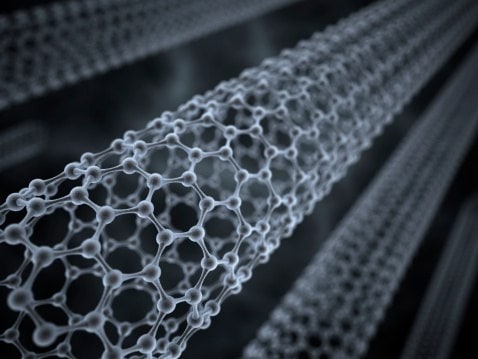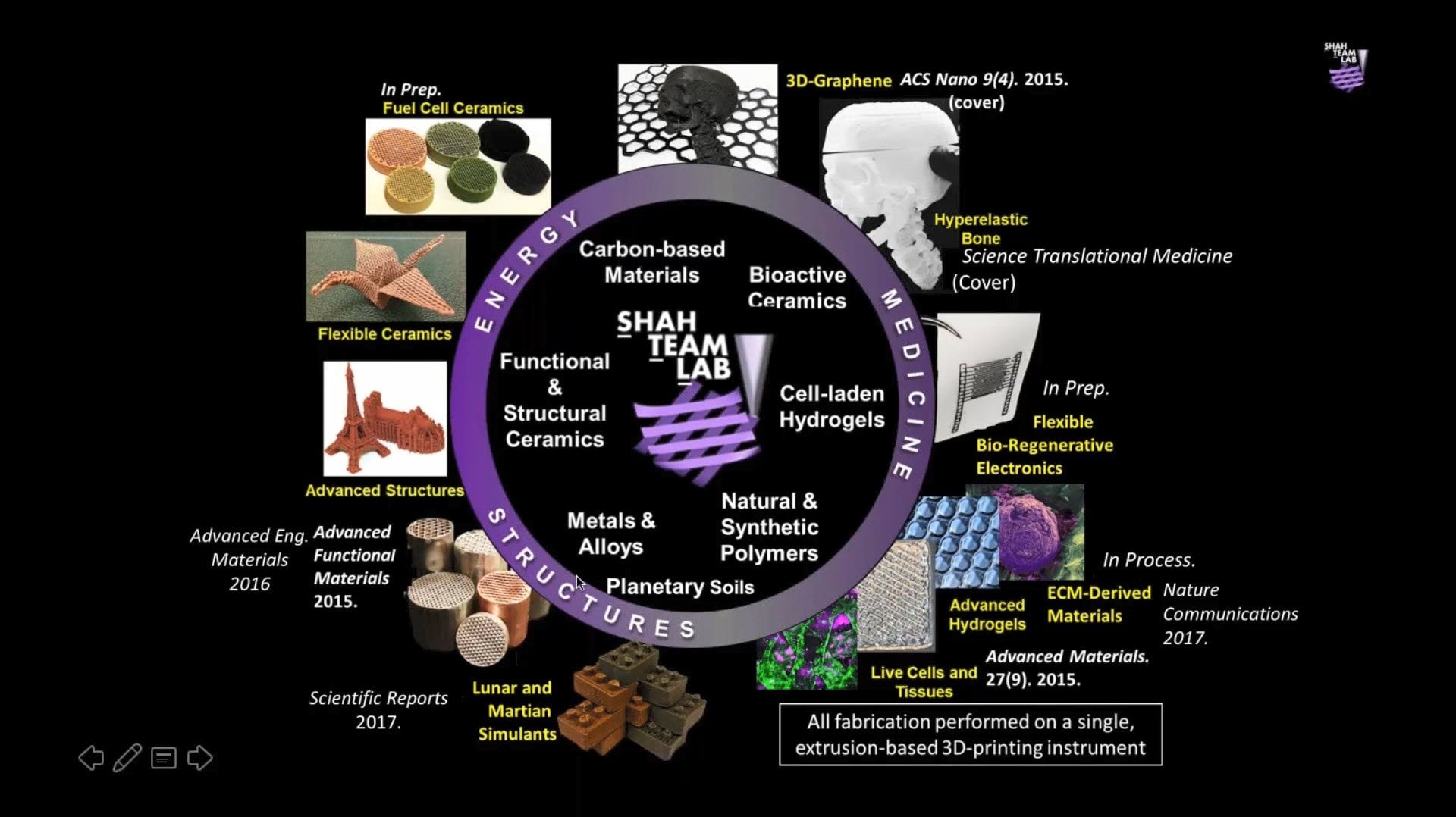Carbon Nanomaterials

Carbon nanomaterials are at the forefront of materials science, offering unique properties and applications across various industries. This category encompasses a range of materials, including Graphene, Carbon Nanotubes, MXenes, and more, each with distinct characteristics that contribute to advancements in technology and innovation.
Products
Graphene
Graphene-based materials is a highly sought-after carbon nanomaterial, known for its exceptional mechanical and electrochemical properties. Graphene's applications span electronics, energy storage, and biomedical fields. Our offerings include graphene oxide and nanoplatelets, which can be integrated into various products. The unique properties of graphene facilitate innovations in high-performance electronics and energy solutions, playing a crucial role in innovations for these areas.
Carbon Nanotubes
Carbon nanotubes (CNTs) exhibit remarkable electrical conductivity and mechanical strength, making them versatile for various application areas. Classified into single-walled (SWCNTs) and multi-walled nanotubes (MWCNTs), CNTs are ideal for applications in flexible electronics and bioelectronics. Our range of CNT products (type and form) is designed to meet diverse application needs, ensuring that we address the growing demand for these materials effectively.
MAX/MXenes
MAX and its derivatives MXenes are rapidly gaining attention as a significant class of 2D materials, particularly in energy storage and catalysis. MXenes are versatile materials with applications including energy storage (as electrodes in capacitors and batteries), catalysis (effective in hydrogen evolution reactions, HER), optical devices (electrochromic and transparent conductors) and smart fabrics (coating fibers for flexible supercapacitors and wearable tech).
Fullerenes, Nanodiamonds, Carbon-Based Quantum Dots, and Other Carbon Nanomaterials
- Fullerenes: Available in various forms, fullerenes are used in lightweight composites and catalyst supports. Their versatility allows for easy integration into diverse applications, making them valuable in our product lineup.
- Nanodiamonds: These stable bioimaging tools offer low toxicity and high compatibility, making them ideal for research applications. Their unique properties enhance their appeal in biomedical fields.
- Carbon-Based Quantum Dots: Our nontoxic carbon quantum dots exhibit stable photoluminescence and excellent solubility, positioning them as promising alternatives to inorganic quantum dots.
- Other Carbon Nanomaterials: This category includes carbon nanohorns (CNHs) and carbon nanofibers (CNFs), both of which enhance the mechanical properties of composite materials. Their applications in energy storage and catalyst support highlight their importance in our offerings.
Related Resources
- Tutorial in Nanomaterials
Although the idea of carrying on manipulations at smaller and smaller scales has been around for quite some time the birth of nanotechnology, at least on an ideological level, is usually traced back to a speech by Richard Feynman at the December 1959 meeting of the American Physical Society.
- Fullerenes for Bioscience & Photovoltaic Applications
Find various photovoltaic and bioscience-based applications of fullerenes.
- Electronic and Biomedical Applications of High-Purity Single-Walled Nanotubes (SWNTs)
We presents an article concerning the applications of high-purity single-walled nanotubes in electronic and biomedical fields.
- Single-Walled Carbon Nanotubes synthesized by the Super-Growth Method: Properties & Applications
Single-Walled Carbon Nanotubes synthesized by the Super-Growth Method & their properties & applications, including dispersing SGCNTs, SGCNT-polymer composites & SGCNT-metal composites are discussed.
- Graphene Quantum Dots: Properties, Synthesis & Applications
Properties, synthesis & applications of Graphene Quantum Dots explained. GQDs have advantages of nontoxicity, good solubility, stable photoluminescence & better surface grafting.
- Single-Walled Carbon Nanohorn Properties & Applications
Single-walled carbon nanohorns(SWCNHs) - Find manufacturing, material properties, and applications of carbon nanohorns.
- Fluorescent Nanodiamonds for Bioimaging
Fluorescent Nanodiamonds and biofunctionalization strategies are detailed for imaging and bioconjugation applications.
- Carbon Nanofiber Applications & Properties
Pyrograf®-III vapor-grown carbon nanofibers are within the class of materials termed multi-walled carbon nanotubes (MWCNTs), and are produced by the floating catalyst method.
- MXenes Empowering Next Gen Batteries and Hydrogen Evolution
Discover how MXenes' superior conductivity, strength, and stability are revolutionizing energy. Explore their potential for next-gen batteries and hydrogen evolution.
- 2D MXenes Ink: Synthesis, Properties, and Their Precursors
Optimizing the synthesis of high-quality 2D MXene flakes for 3D ink printing is essential to such technological developments as printable and flexible electronics.
- MXenes: A Tunable Family of 2D Carbides and Nitrides
Professor Gogotsi and Dr. Shuck introduce MXenes: a promising family of two-dimensional materials with a unique combination of high conductivity, hydrophilicity, and extensive tunability.
To continue reading please sign in or create an account.
Don't Have An Account?

